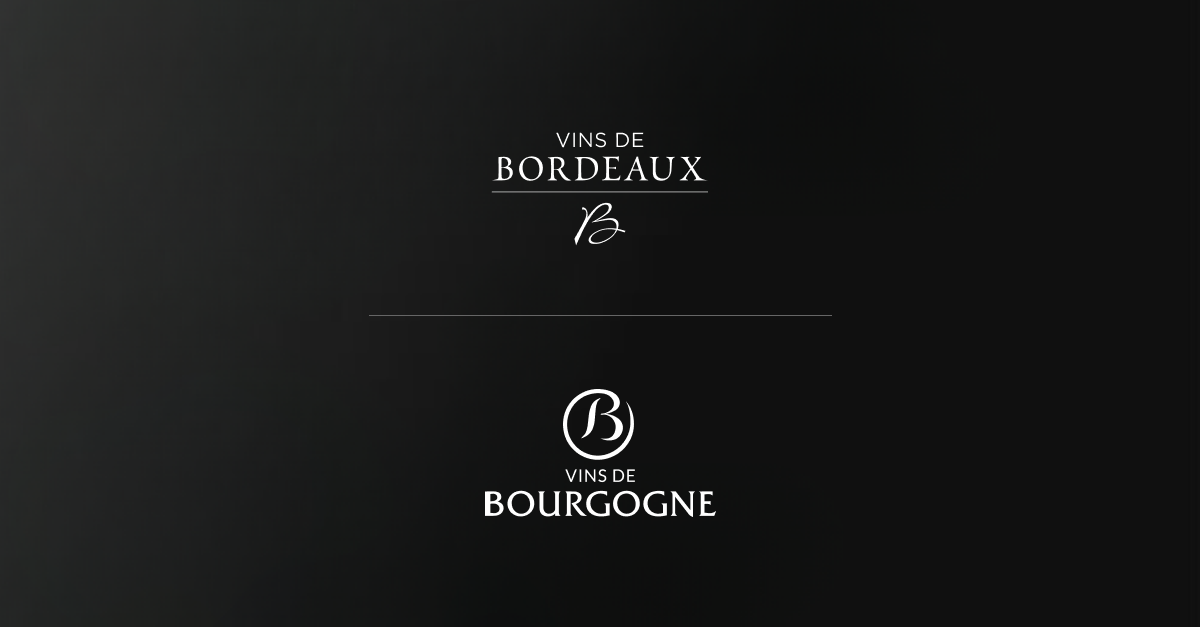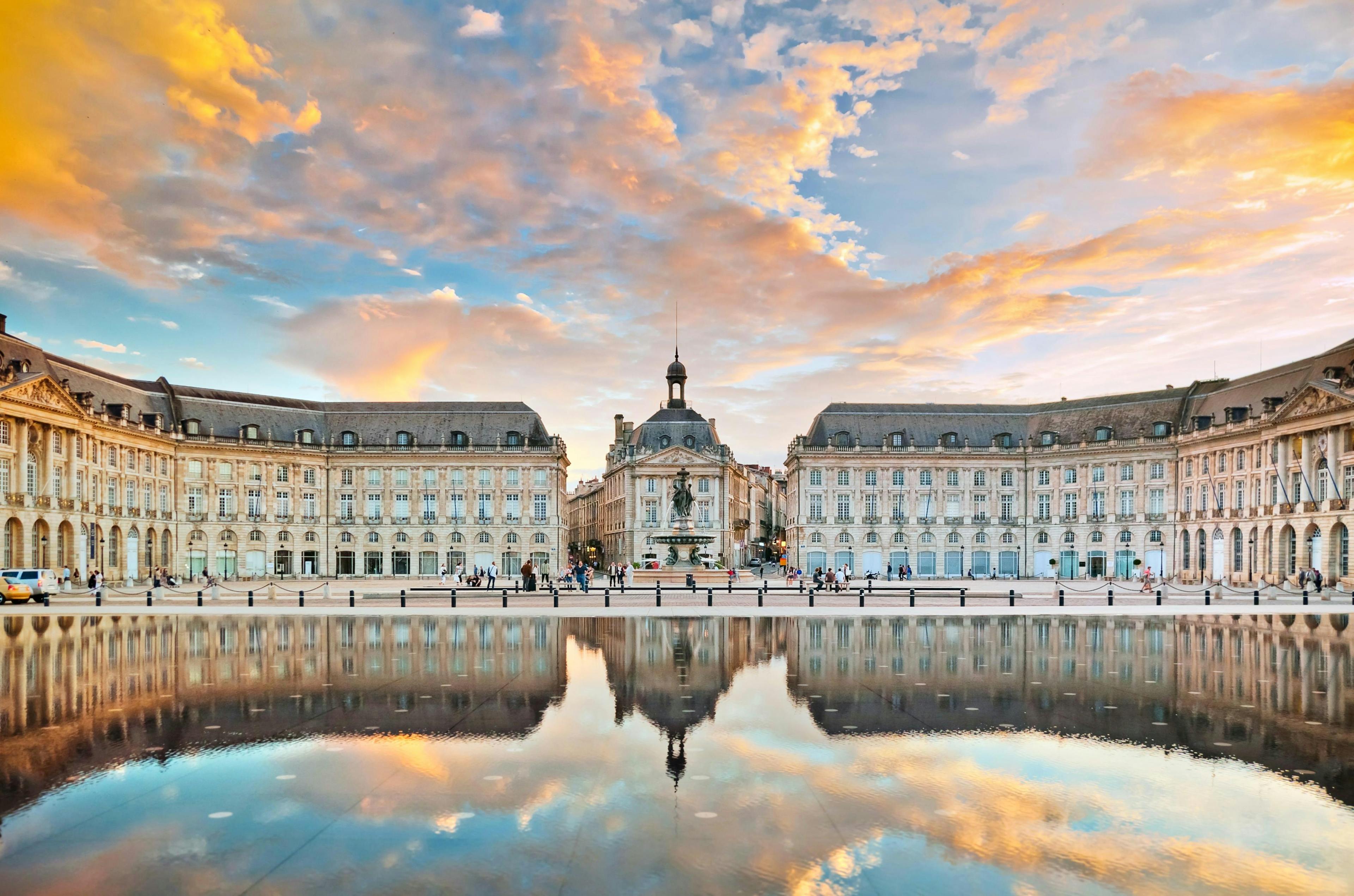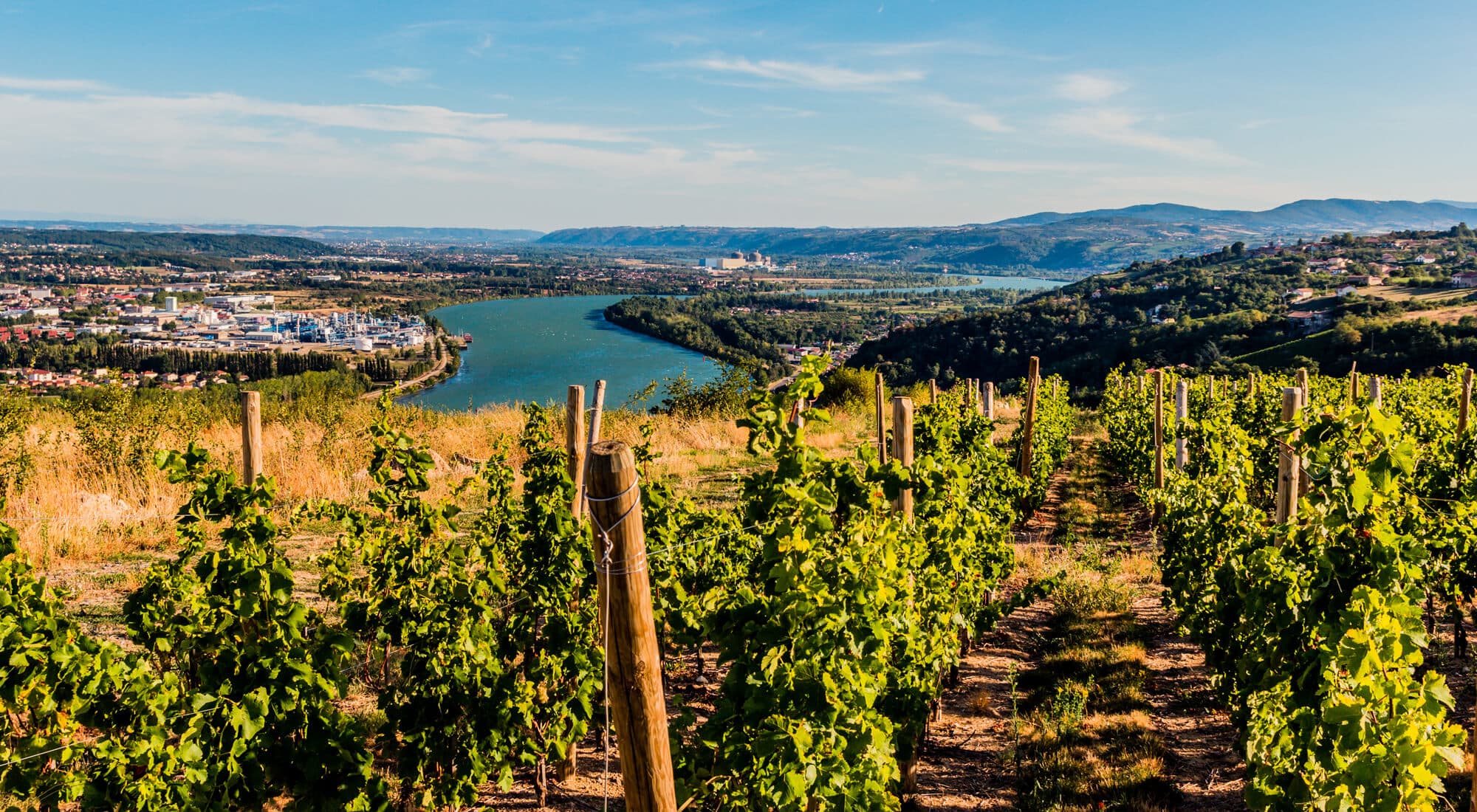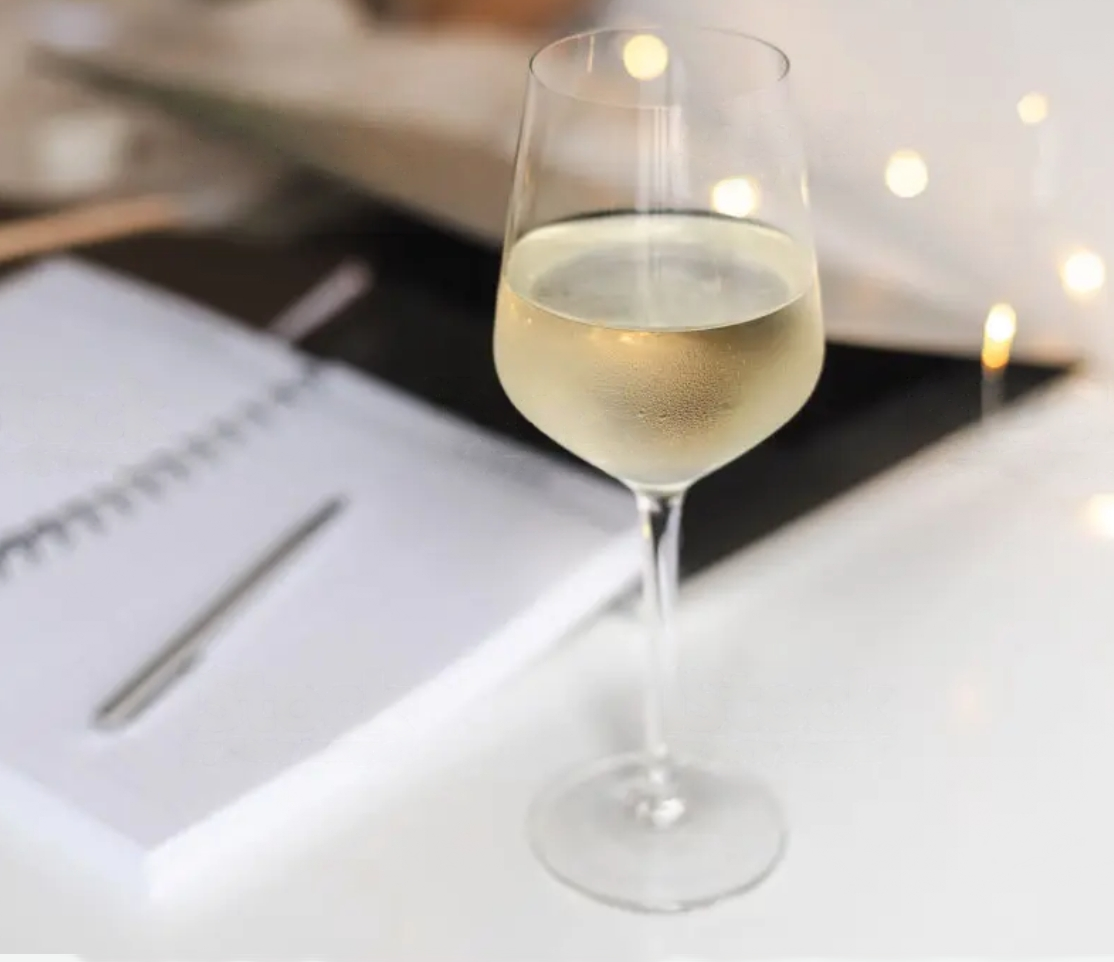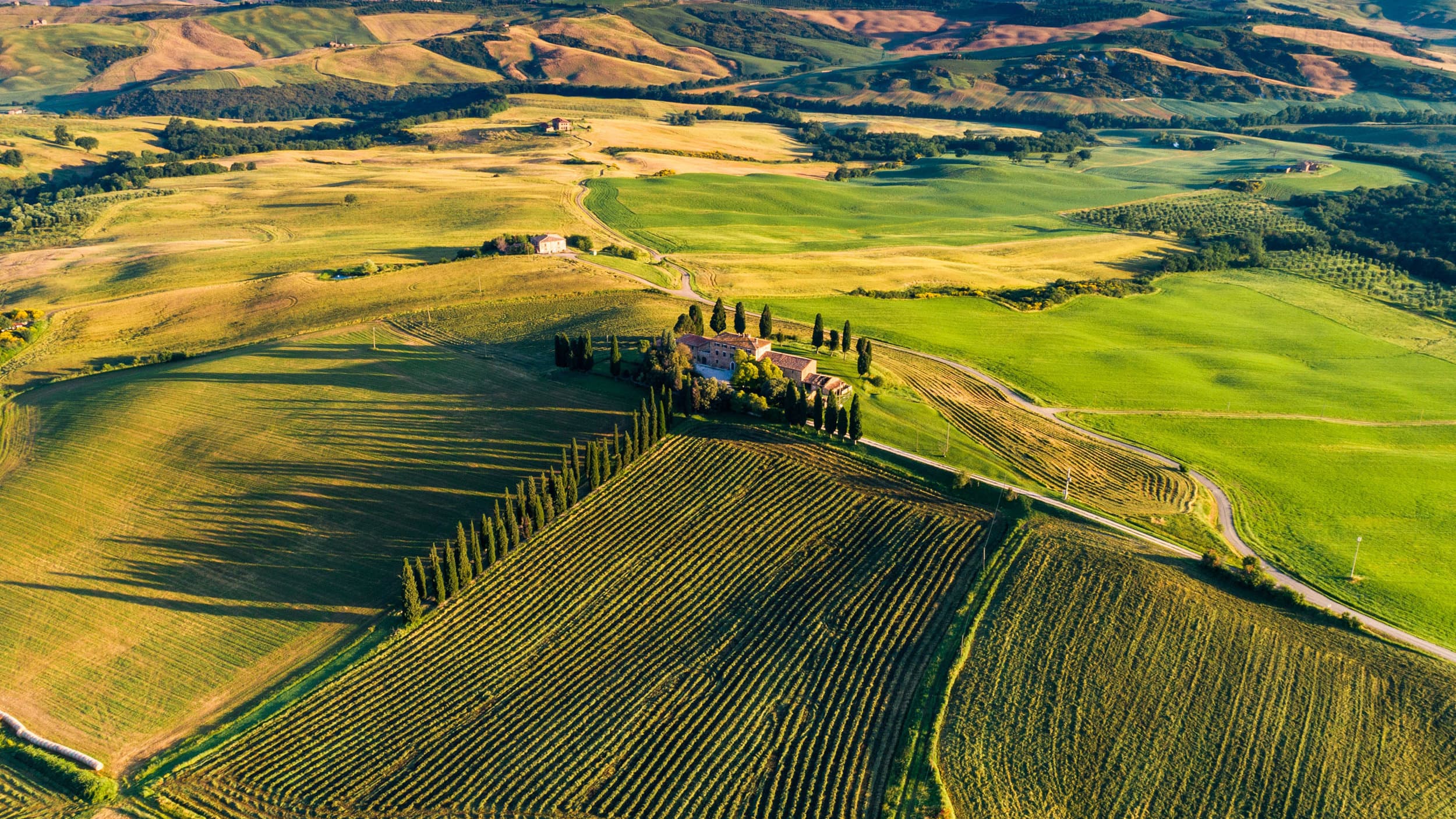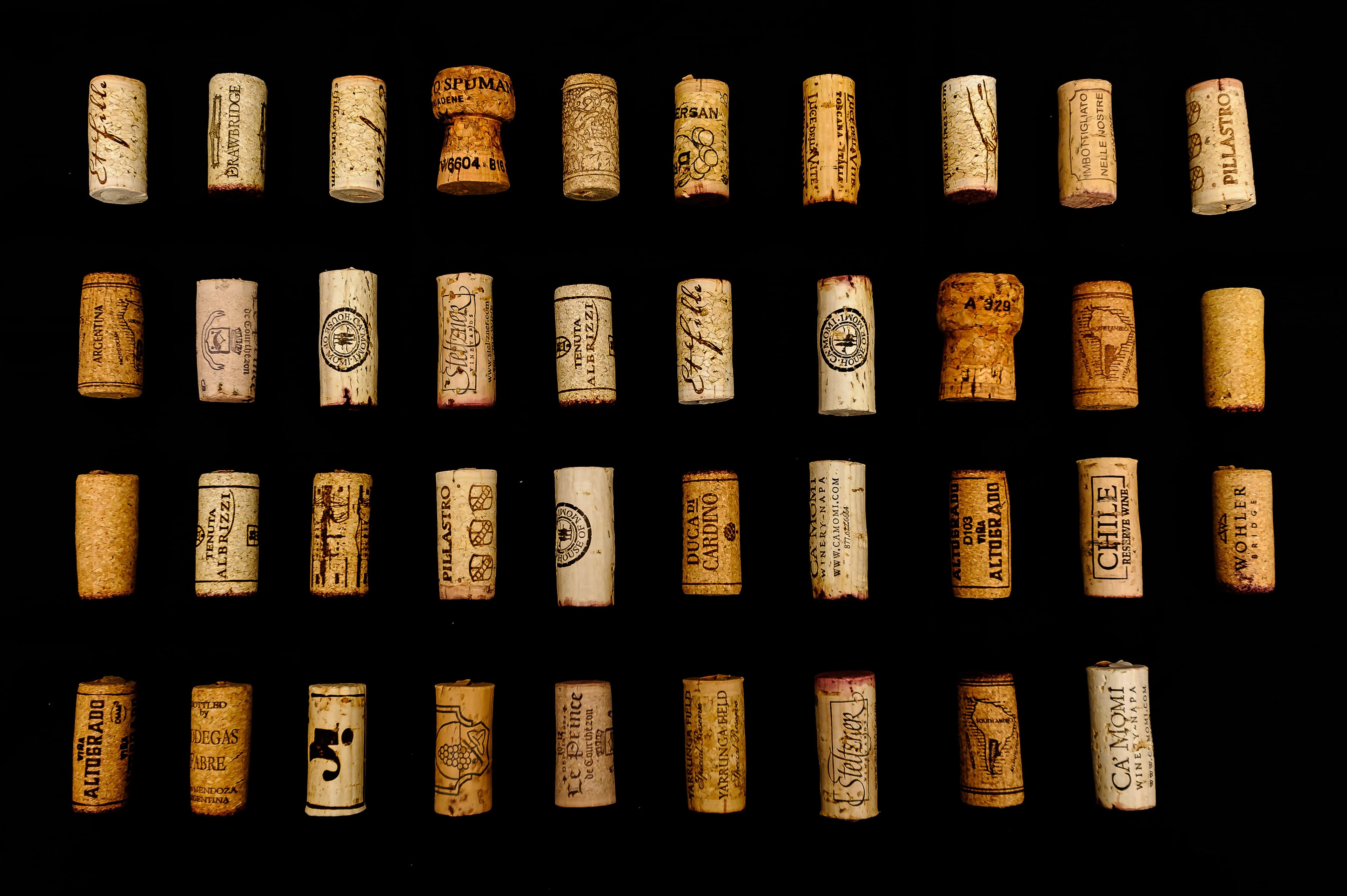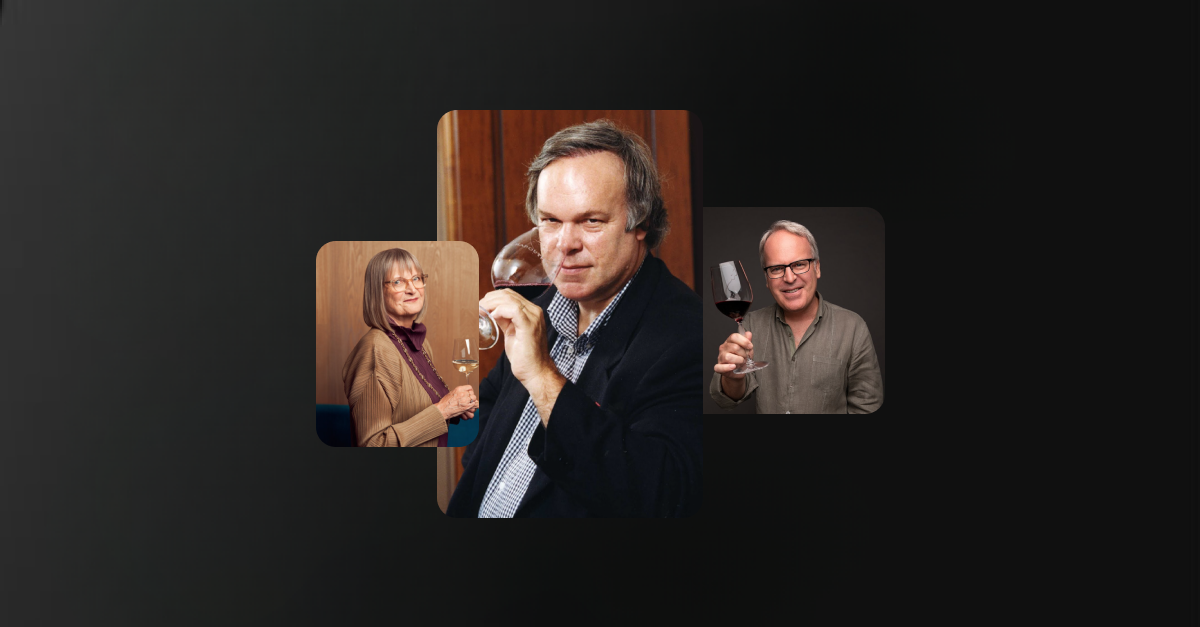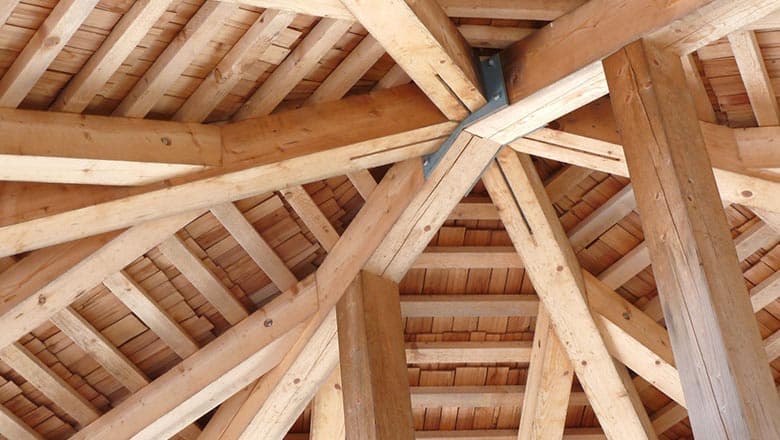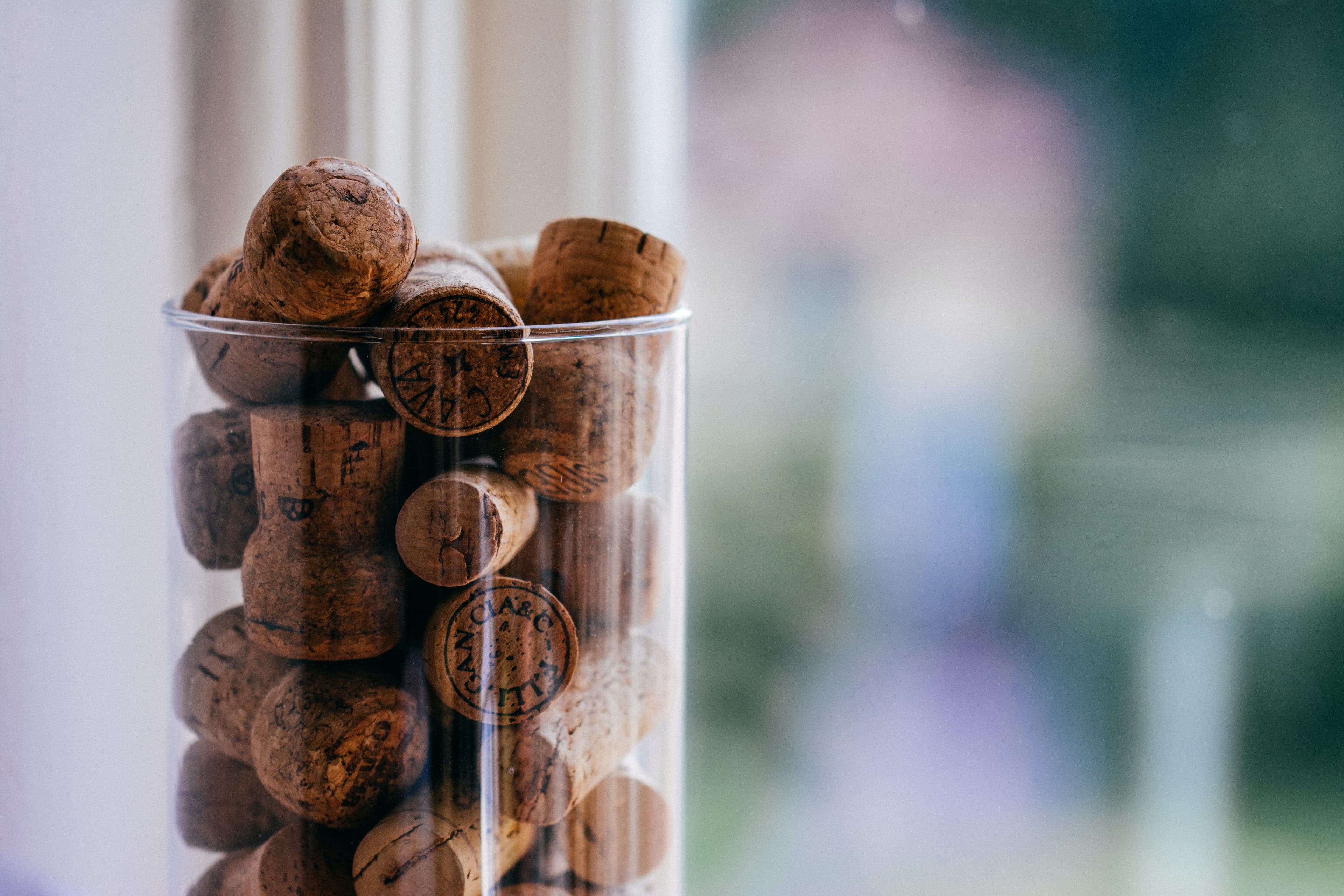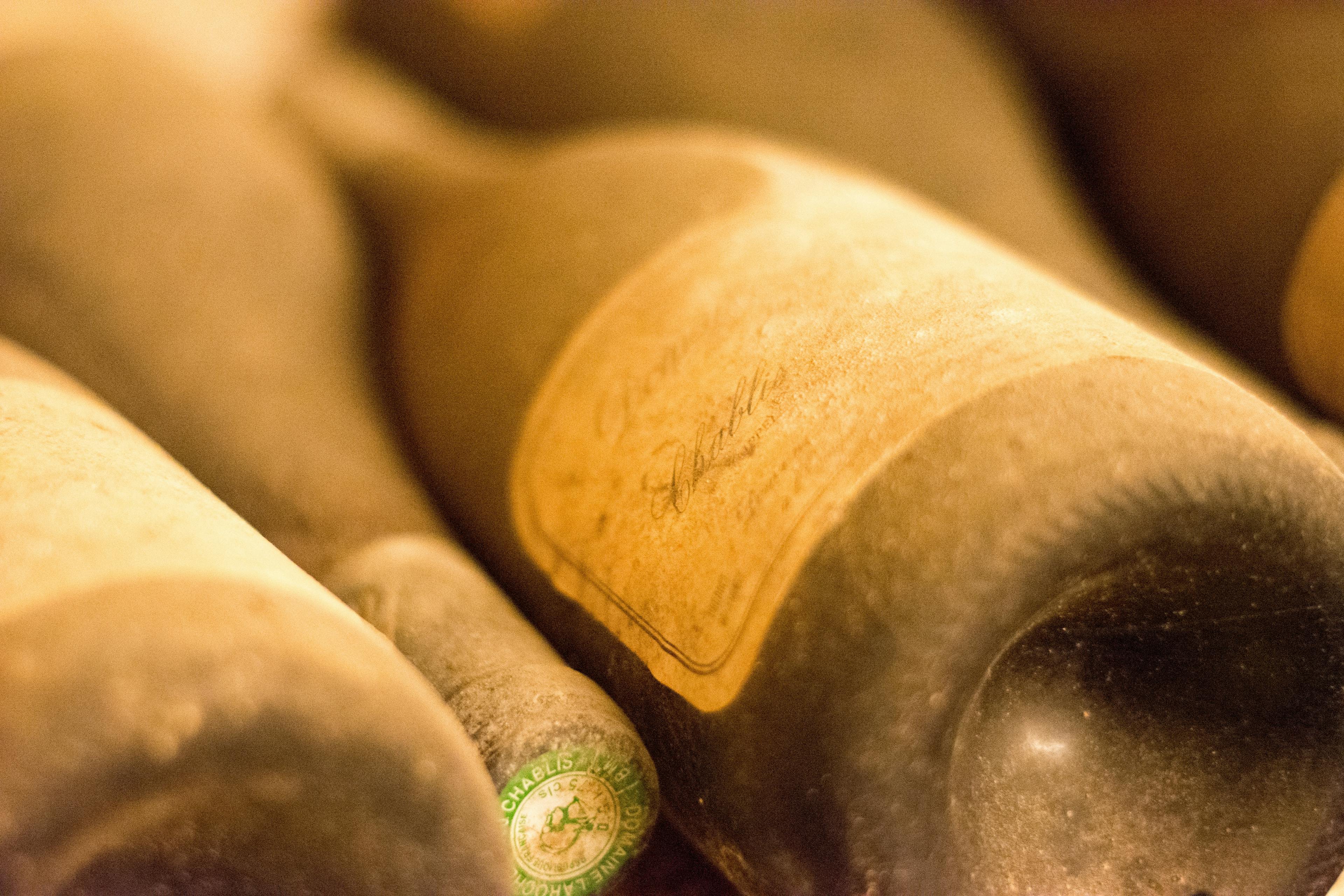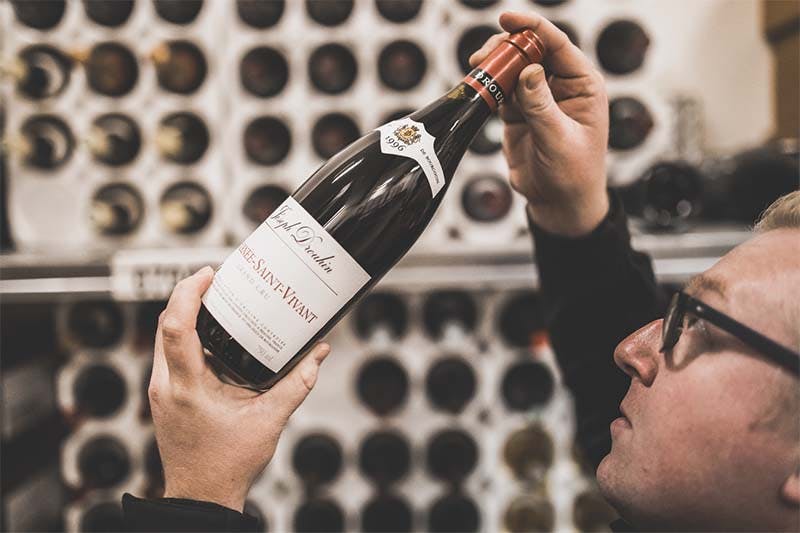What is the History Behind Château Angélus?
12 min read
Head of Content

Nestled in the heart of Bordeaux, France, Château Angélus stands as a beacon of winemaking tradition and excellence. This renowned estate, with its iconic bell emblem, has a storied past that intertwines with the history of the region itself. From its early beginnings to its rise as a premier Grand Cru Classé, Château Angélus has been shaped by generations of dedication and passion for viticulture. In this article, we will explore the historical milestones that have defined this illustrious winery, delving into the events that have made it a symbol of quality and prestige in the world of fine wines.
The Origins of Château Angélus
The story of Château Angélus begins in the early 18th century in the heart of Saint-Émilion, a region renowned for its winemaking prowess. Initially, the estate was part of a larger property owned by the de Boüard de Laforest family, who have been involved in wine production since 1782. Over generations, this family has played a pivotal role in shaping the vineyard's destiny, meticulously cultivating the land and refining viticulture techniques.
In 1985, Hubert de Boüard took the helm, bringing innovative methods that significantly elevated the quality and reputation of the wines produced. His efforts were recognized when Château Angélus achieved Premier Grand Cru Classé status in 1996, a testament to the exceptional quality of its wines.
Today, visitors can deepen their appreciation by enjoying a guided tour of the estate, which includes tastings of their prestigious vintages. Each bottle tells a story of tradition blended with innovation, reflecting the unique terroir of Saint-Émilion. This rich history not only highlights the evolution of Château Angélus but also underscores its significant contribution to the global wine industry.
Key Historical Milestones
Château Angélus, a prestigious estate in Saint-Émilion, France, boasts a rich history marked by several significant milestones. Initially recognized for its exceptional location in the heart of Bordeaux’s right bank, the estate gained prominence in the 18th century. It was during this period that the de Boüard family began their long-standing stewardship, which continues to this day.
In 1985, Château Angélus achieved a major breakthrough when it was elevated to "Premier Grand Cru Classé" status in the Saint-Émilion wine classification. This accolade significantly boosted its reputation and confirmed its place among the elite wines of the region. Following this, the château underwent extensive renovations to modernize its facilities and enhance its winemaking capabilities.
Another pivotal moment occurred in 2012 when the estate was further upgraded to "Premier Grand Cru Classé A" status, placing it alongside the likes of Château Ausone and Château Cheval Blanc. This recognition was a testament to the consistent quality and excellence of the wines produced at Angélus.
For those interested in preserving the quality of these exquisite wines, understanding how to store Château Angélus safely is crucial. Proper storage ensures that each bottle maintains its distinct flavors and aromatic profile, providing an optimal tasting experience.
The de Boüard Family Legacy
The de Boüard family has been intricately linked with Château Angélus for eight generations, shaping its legacy and defining the characteristics that distinguish this Bordeaux estate. Initially modest vineyard owners, the family's involvement began in 1782, and through successive generations, they expanded and enhanced the vineyard's reputation and quality.
Jean-Baptiste de Boüard de Laforest took significant steps in the early 20th century, acquiring more plots and increasing the estate's size.
Maurice de Boüard followed, navigating through challenging times including wars and economic crises, yet maintaining focus on quality wine production.
In recent decades, Hubert de Boüard has modernized the winemaking process and elevated the estate to a Premier Grand Cru Classé status, ensuring rigorous standards and innovative techniques are in place.
Each generation has contributed uniquely, intertwining their personal vision with traditional values, thereby continuously enhancing the estate's prestige and the quality of its output. This enduring commitment to excellence is a testament to the family's passion and resilience, making Château Angélus a symbol of both heritage and innovation in the wine world.
Architectural Evolution of the Château
The architectural evolution of Château Angélus reflects its storied past and the significant role it has played in the wine industry. Initially a modest estate, the château underwent several transformations that mirrored its ascent in the world of fine wines. The most notable change occurred in the 18th century when the original structure was expanded to include a grand manor in the classical French style, complete with ornate decorations and expansive cellars designed for wine aging.
Throughout the 19th century, further enhancements emphasized functionality and aesthetic appeal. The addition of a distinctive bell tower, from which the château derives its name, became an iconic symbol of the estate. This feature was not only decorative but also served a practical purpose, signaling the start of daily labor in the vineyards.
In recent decades, modernization has been key. State-of-the-art facilities for vinification have been integrated seamlessly with the historical architecture, ensuring that the production of popular vintages maintains its high quality while respecting the château’s heritage. These updates have helped secure Château Angélus's reputation as a producer of world-class wines, blending tradition with innovation.
Château Angélus During the World Wars
During the tumultuous periods of the World Wars, Château Angélus, like many other vineyards in Bordeaux, faced numerous challenges. The estate's strategic location in Saint-Émilion meant it was inevitably affected by the geopolitical upheaval. Throughout World War I, the workforce was drastically reduced as many workers were drafted into the military. This labor shortage forced the remaining staff to adopt innovative agricultural practices to maintain the vineyards.
World War II brought additional hardships. The region was occupied by German forces, and the winery had to navigate the complexities of operating under occupation. Despite these adversities, Château Angélus continued to produce wine, albeit at a reduced capacity. The resilience of the estate during these trying times contributed significantly to its storied history and prestige.
Post-war recovery was slow but steady, with the château gradually regaining its pre-war production levels and quality. The dedication to excellence during these difficult periods helped solidify Château Angélus's reputation as a top-tier wine producer. For those interested in how to serve this historic wine today, understanding its past hardships adds depth to its character.
The Path to Becoming a Premier Grand Cru Classé
The journey of Château Angélus to achieve the prestigious status of Premier Grand Cru Classé is a testament to its exceptional quality and historical significance in the Bordeaux wine region. Initially, the estate was not as well-known as other top vineyards in Saint-Émilion. However, through relentless dedication and meticulous cultivation practices, it gradually ascended to the upper echelons of French winemaking.
In 1954, Château Angélus earned its initial classification, which marked a significant turning point. This recognition was not the culmination but rather a beginning of a relentless pursuit of excellence. The estate's commitment to quality was further solidified in 1996 when it was elevated to Premier Grand Cru Classé A status, joining the ranks of the most elite wines of Saint-Émilion.
This ascent was driven by several factors:
Innovative viticulture techniques that emphasized sustainable practices and soil health.
Strategic vineyard management, ensuring optimal exposure and meticulous grape selection.
Investment in technology and facilities that enhanced the precision of the winemaking process.
For enthusiasts looking to explore how to best enjoy this exquisite wine, consider exploring food pairings that complement its rich flavors.
Historical Vintages and Their Impact
Château Angélus, a prestigious winery in Saint-Émilion, France, has produced several historical vintages that have significantly impacted the wine industry. These vintages reflect the exceptional craftsmanship of the winemakers and their dedication to quality and tradition. Notable among these are the 1982, 1990, and 2005 vintages, each marking a milestone in the château's history.
1982 Vintage: This year was one of the earliest to gain international acclaim, helping to elevate the reputation of Château Angélus on the global stage. The favorable weather conditions of the season resulted in a robust, flavorful wine that showcased the terroir's unique characteristics.
1990 Vintage: Recognized for its rich, complex flavors, the 1990 vintage benefited from an exceptionally warm summer. It stands as a testament to the winery's ability to adapt practices to climatic variations, ensuring quality despite natural challenges.
2005 Vintage: This vintage is often celebrated for its perfect balance and structure, which were achieved through meticulous vineyard management and innovative aging processes. It continues to be a benchmark for evaluating the quality of newer vintages and exemplifies the enduring legacy of the winery's commitment to excellence.
Changes in Winemaking Techniques Over the Years
Over the decades, Château Angélus has seen significant evolution in its winemaking techniques, reflecting broader trends in the Bordeaux wine industry. Initially, the winery utilized large wooden vats for fermentation, a method that was standard across the region. However, as technology advanced, so did the equipment and processes at Angélus.
Introduction of Temperature-Controlled Fermentation: In the late 20th century, the estate began implementing temperature-controlled stainless steel vats. This innovation allowed for more precise management of the fermentation process, ensuring consistent quality and better preservation of the wine's delicate flavors.
Adoption of Organic Practices: More recently, there has been a shift towards organic and sustainable viticulture. Château Angélus started experimenting with organic practices to reduce the impact on the environment and enhance the natural character of their wines.
Selective Harvesting Techniques: The introduction of optical sorting technology has also revolutionized the selection process of grapes. This ensures that only the best grapes are used, which significantly improves the overall quality of the wine.
These changes are just a glimpse into the rich history and continuous improvement at Château Angélus. For more detailed facts, exploring the specific advancements and their impacts can provide deeper insights into how the winery has maintained its esteemed reputation through innovation.
The Global Recognition of Château Angélus
Château Angélus has earned global recognition for its exceptional wines, which consistently receive high praise from wine enthusiasts and critics alike. This acclaim is not just about the quality but also the distinctive character that each bottle presents. The vineyard's strategic location in Saint-Émilion, with its ideal terroir, plays a crucial role in shaping the flavors and aromas that have captivated the palates of many around the world.
Prestigious Awards: Over the years, Château Angélus has been honored with numerous awards, including high ratings from famous wine critics and prestigious wine publications. These accolades serve as a testament to the vineyard's commitment to excellence.
Prominent Listings: Top restaurants and luxury hotels frequently feature Château Angélus on their wine lists, further solidifying its status as a premier wine. Such listings help introduce a broader audience to the unique taste of its wines.
International Recognition: The brand's reputation crosses borders, making it a symbol of French luxury in international markets. Events and tastings around the globe help maintain its high profile and attract new enthusiasts.
Through these channels, Château Angélus not only maintains but also enhances its stature in the wine world, making each vintage a celebrated event.
Preservation and Education Efforts
Château Angélus, a prestigious winery in Saint-Émilion, France, has implemented significant preservation and education efforts to maintain its heritage and share its rich history with the world. These initiatives ensure that both the vineyard's legacy and the art of winemaking are passed down through generations.
Preservation of Historical Architecture: The château has meticulously restored its iconic bell which symbolizes the winery, ensuring it remains a landmark of historical significance. This restoration includes the careful preservation of the building's 18th-century façade and traditional wine cellars.
Sustainable Winemaking Practices: Emphasizing sustainability, Château Angélus has adopted organic farming techniques. These practices not only protect the environment but also improve the quality of their grapes, reflecting a commitment to eco-friendly principles.
Educational Tours and Tastings: To educate the public about winemaking, the château offers guided tours that explain the process from vine to bottle. These tours are complemented by tastings, where visitors can experience the unique flavors of their wines.
Support for Wine Studies: Château Angélus supports academic programs and scholarships for students pursuing careers in viticulture and oenology, fostering a new generation of winemakers.
Through these efforts, Château Angélus not only preserves its own story but also enriches the broader wine community.
Conclusion
Château Angélus, with its deep roots in the rich history of Bordeaux, France, stands as a testament to the enduring legacy and tradition of winemaking. This prestigious estate, known for its exceptional wines, has evolved through generations of passionate winemakers who have each contributed to its reputation and success. The name itself, inspired by the sound of the angelus bells heard from the vineyards, evokes a sense of reverence and tradition, which is reflected in the meticulous care taken in producing each bottle of wine.
As we've explored the historical journey of Château Angélus, it's clear that the estate is not just about producing fine wine; it's about creating a legacy that intertwines with the culture and history of its region. For wine enthusiasts and collectors, understanding this rich background adds an invaluable depth to the appreciation of each vintage.
At Rekolt, we recognize the importance of such heritage. That's why we offer services like professional cellar storage to preserve the quality and enhance the value of wines like those from Château Angélus. By choosing to store your wines with us, you're not just ensuring optimal aging conditions; you're also investing in their potential for future trading and resale in a marketplace that values provenance and history. Whether you're a seasoned collector or a new enthusiast, Rekolt provides a trusted platform to buy, store, and trade fine wines, ensuring that the legacy of estates like Château Angélus is preserved and appreciated for generations to come.
Share this article
